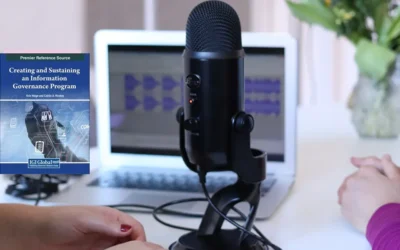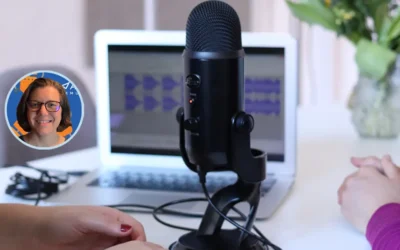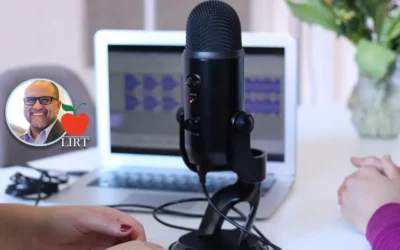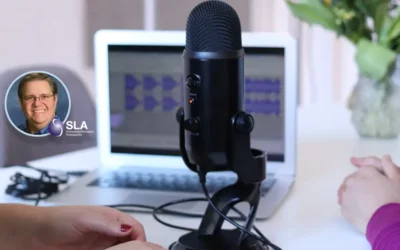Tips for Virtual Instruction in Special Library Settings
Lauren Hays
During the panel discussion on virtual libraries hosted by Lucidea for the Special Libraries Association Annual Conference, a comment was made about the need for more information on virtual instruction. This is a topic that is very important to me.
I spent about a decade as an instruction librarian supporting many online programs and now teach in a fully online graduate program. Therefore, my next few posts will be about this topic.
I want to start by sharing a few tips for any virtual instruction session.
- Use interactive features such as polls and whiteboards.
a. Many meeting platforms have whiteboard functionality. Google Jamboard is an interactive whiteboard that can be used for free and is not tied to a specific meeting platform.
b. Polls are often embedded in meeting software, but separate polling software is also available.
- Watch the chat for questions and comments. I suggest having the chat open during the entire instruction session. For me, seeing the chat helps me know people are paying attention and that I am not speaking to just the computer. The chat helps the session feel more natural.
- Respond to questions and comments throughout the presentation. Do not wait until the end to answer all questions. This allows participants to clarify points of confusion which is particularly important if your content builds.
- Make time for discussion. Virtual instruction can easily feel like one-way communication as I mentioned above. Therefore, set aside time at multiple points through the session where you ask questions, let participants unmute, and encourage comments in the chat.
- Set up the virtual session so that participants are muted upon entry, but if appropriate, give participants the ability to unmute themselves for discussion.
- Share slides beforehand. I believe it is important to share slides and notes before a virtual instruction session. This allows participants to take organized notes. It also allows individuals to come to the session better prepared.
- Use a lot of slides. I will be honest and admit that this is something I struggle with, but best practice is to move through many different slides to keep participants interested and engaged.
- Keep things simple. I enjoy technology and like to use it, but I do not think technology should ever be used in instruction just for the sake of using technology. Instead, the focus should be on instruction. Then, you can use technology that aligns with your learning goals. In my opinion, it is best to only use one new technology tool at a time. That way you can achieve mastery with one tool before trying something new. The content should always be the focus. The technology should be seamlessly integrated.
Lauren Hays
Lauren Hays, PhD, is an Assistant Professor of Instructional Technology at the University of Central Missouri. Please read her other posts about skills for special librarians. And take a look at Lucidea’s powerful integrated library systems, SydneyEnterprise, and GeniePlus, used daily by innovative special librarians in libraries of all sizes and budgets.
Similar Posts
Interview with Helge and Rookey on Information Governance Programs
Information governance is vital to organizations that want to secure and manage their data, use it to reduce risk, and view data as a protected asset.
Interview with Susannah Barnes about the SLA Data Community
Susannah Barnes is the Co-Lead of the Data Community for the Special Libraries Association. If you work with data in any capacity, this interview will be of interest to you.
Interview with Victor Baeza about ALA’s Library Instruction Round Table
Interview with Victor Baeza, President of LIRT, about how it benefits from and supports special librarians whose roles involve teaching or training.
Interview with Eugene Giudice, SLA Treasurer
Interview with SLA’s Treasurer about the future of the special library profession and how the Special Libraries Association can benefit librarians
Hosting service
Enjoy all of the benefits of your Lucidea solution with secure, reliable, stress free hosting
Programs & incentives
No matter your size or budget, we’ve got you covered, today and tomorrow




Leave a Comment
Comments are reviewed and must adhere to our comments policy.
0 Comments